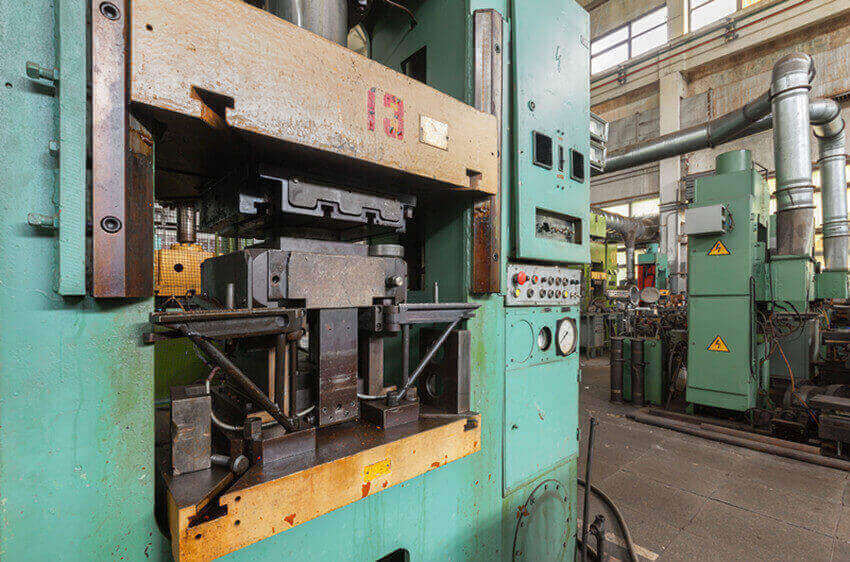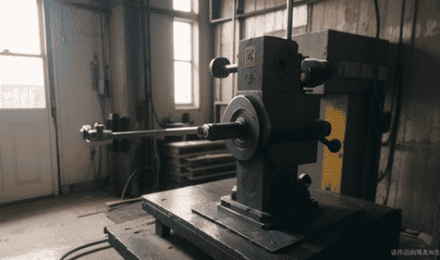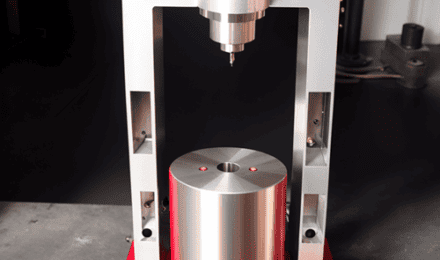How To Use Hydraulic Oil In Hydraulic Press
Prior to utilizing the hydraulic press, it is imperative to verify the type and brand of the fluid being employed. This step ensures compatibility and optimal performance throughout the operational process.
Maintaining cleanliness is of utmost importance from the initial oil extraction to the final injection. It is essential to keep the barrel mouth, tank mouth, funnel, and other utensils immaculately clean. Furthermore, the oil used should undergo proper filling and filtration procedures to ensure its purity and quality.
For oil that has been stored over an extended period, it is highly recommended to conduct a thorough physical and chemical inspection before usage. This precautionary measure guarantees the integrity and suitability of the oil for the intended application.
When refueling the hydraulic press, it is vital to employ a dedicated refueling trolley. This specialized equipment ensures the proper and efficient transfer of fuel. Additionally, the refueling process should be carried out using a refueling and gilding oiler, specifically designed for this purpose. It is important to direct the fuel through the designated refueling port, ensuring precise and accurate replenishment.
By adhering to these meticulous guidelines, the hydraulic press can operate optimally, maintaining its performance and longevity.
Determination of oil change interval of hydraulic press
When you use hydraulic oil under high temperature and high pressure, it will gradually deteriorate as time passes, and the following conditions will appear.
- State of the oil changes. This refers to oil aging phenomena such as oil color, odor, and appearance changes. The performance is bad, and the color gradually darkens, becomes turbid, or has sedimentation, etc.
- The flashpoint reduces, but pay attention to mixing different types of oil products as they can have the same phenomenon.
- Significant changes in acid value.
- Mechanical impurities increase.
- Demulsibility and anti-foaming properties become worse.
- The stability deteriorates.
Deteriorated hydraulic oil cannot meet the requirements of the hydraulic system and needs to be replaced. There are currently three ways to determine the time to change: oil change based on experience, fixed-period oil change, and comprehensive research and analysis of oil change.
The first method is based on the experience of the operator and on-site technicians, through simple methods such as “seeing, smelling, touching, shaking,” and stipulates that when the oil becomes black, dirty, or turbid, it will be changed.
The second method is according to different equipment and different oil products. If there is a recommendation that the oil should change after half a year, a non-operation, or operation for 1000~2000h, observe it. The above two methods are practical but are not very scientific and economical.
The third method is to regularly take oil samples for laboratory tests. It determines the necessary items to continuously monitor the deterioration of the fluid and determine when to change the oil. That’s according to the actual changes in the hydraulic oil’s physical and chemical performance indicators.
The third one is a better method. It is scientific but requires a set of physical and chemical testing equipment. It is also called the oil change method.






